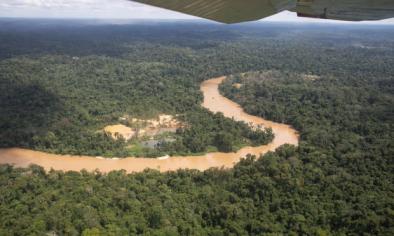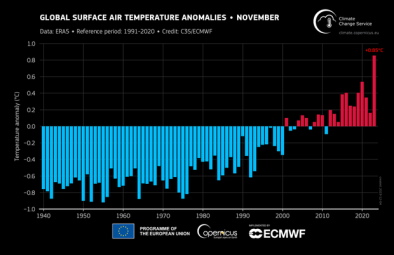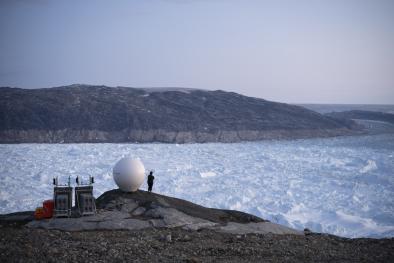The Unprecedented Character of California's 20th Century Enhanced Hydroclimatic Variability in a 600-Year Context
Study key findings & significance
-
California's hydroclimate shows enhanced variability caused by increasingly wet extremes during the 20th century
-
Tree-ring based hydroclimate reconstructions suggest that this statewide configuration has not been seen in the past 600 years
-
The 16th century shows enhanced hydroclimate variability driven by an increase in the magnitude of dry extremes, rather than wet extremes
Plain Language Summary
California's lack, as well as surplus, of rain has been in the news recently. Due to its Mediterranean climate, the state receives most of its rainfall from November to March and the amount varies from year to year. However, this variability has been increasing over the past decades in both rainfall and river flow. This study aims to place this 20th century increasing variability in a longer-term perspective using tree-ring records. We show that this statewide positive trend in variability of California's rainfall, river flow, and snow during the 20th century is caused by an increase in the magnitude of very wet years, which is a pattern that has not been seen in the past 600 years. We also show that the 16th century is another period with statewide increased variability that is caused by dry years getting drier. These results enhance our understanding of the 20th century rise in variability, which is expected to continue in the future, and highlights the need for scientists to work with local, state, and federal agencies to address this climatic variability in their decision-making process.
Related Content






